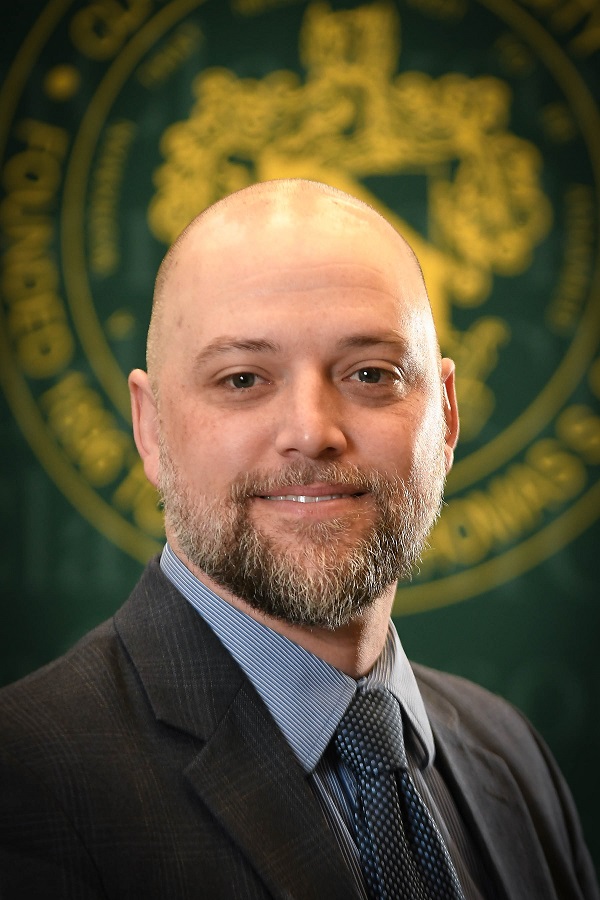Byron Erath, Associate professor of Mechanical and Aerospace Engineering at Clarkson University, has received a grant of $630,000 from the National Institute of Health (NIH) through the National Institute on Deafness and Other Communication Disorders (NIDCD). The award is part of a $14 million Clinical Research Center Grant that was awarded to Massachusetts General Hospital, titled “Clinical Research Center for the Improved Prevention, Diagnosis, and Treatment of Vocal Hyperfunction.”

The clinical research center comprises more than 25 researchers from more than 13 Universities and Institutions around the world.
Voiced speech is produced by self-sustained oscillation of the vocal folds. “Vocal hyperfunction is the condition where excessive activation of the muscles and joints of the larynx can lead to voice disorders,” Erath explained. “These disorders can include growths such as nodules and polyps, which develop when excessive collision forces are generated during vocal fold vibration. Other manifestations include the general degradation of vocal quality when a diagnosed pathology is not present, which is commonly referred to as muscle tension dysphonia.”
“If left unaddressed, patients with this condition will often modify how they produce sound to compensate for these underlying pathologies,” Erath continued. “Unfortunately, this usually leads to worsening outcomes and a continuous cycle of increasing damage.”
The clinical research center grant aims to explore the etiology of vocal hyperfunction through the application of clinical, numerical, and experimental data. This approach will consider the influence of behavioral, sensorimotor, environmental, psychological/emotional, and biomechanical factors on the diagnosis and treatment of vocal hyperfunction.
At Clarkson, Co-Investigator Erath will use physical, synthetic models of the vocal folds to explore how irregular vocal fold positioning and muscle tension influences the collision mechanics produced by the oscillating vocal folds. The data generated from these experimental investigations will be used to develop new methods for the diagnosis, treatment, and prevention of vocal hyperfunction.
“This will provide an amazing opportunity for both undergraduate and graduate students at Clarkson to be involved in cutting-edge, cross-disciplinary biomedical research,” said Erath.